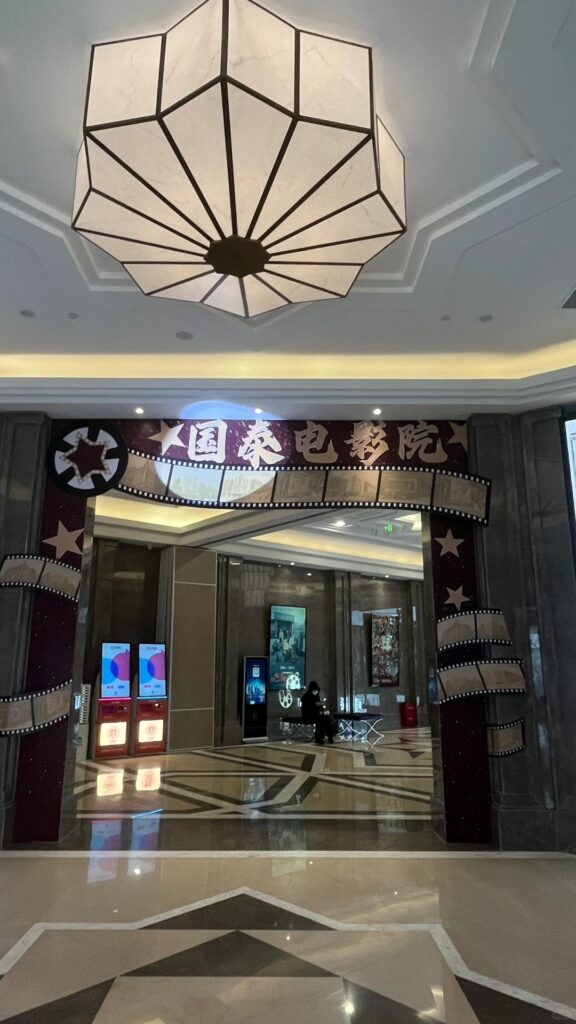Intro
Cathay Theatre, 870 Huaihai Middle Road, Shanghai: The Cathay Theatre has a rich past of both cinema and architecture in this city. This edifice was constructed in 1931, initially known as the “Cathay Grand Theatre,” but for many decades now, it has been an unequivocal symbol of the city of Shanghai.

Wonder of Architecture

The Cathay Theatre, with its stepped tower design, forms a distinctive mark at the junction of the roads Huaihai and Maoming and is one of the most famous landmarks.

The name of the theater is written in large letters on a vertical projection of the façade of the main building. A flagpole is on top of the building. The exterior walls are paved with high-quality brown-red Taishan bricks, having almost white mortared seams. The arrangement is simple and geometrical, and there is clarity on account of apparent reduction of detail, which is characteristic of the architectural tendencies in this era.
Sophisticated Interiors

For example, when one enters the Cathay Theatre, he experiences grandeur through its foyer with two statues of Venus, the goddess of beauty and art. Leading to the main screening hall are curved staircases. The screening hall is huge, has no pillars, and offers an unrestricted view to all parts.
A special trapezoidal pattern was set for the ceiling lights, while the walls are full of classical reliefs: so the general style of the theater is pretty high. Rich carpets underfoot add to the luxurious feel of the room.
Seating, Aesthetic and Comfortable

The seating in the Cathay Theatre is a comfort-style fusion. Seating comprises wooden-framed chairs with satin cushions that give a very comfortable, plush feel. The seats are also wide enough to give the audience ample space while enjoying the show.
International Movie Haven

Cathay Grand Theatre, when it opened on the first day of 1932, gained a reputation for being one of the most salubrious in Shanghai; it had advertised to be “luxurious and grand.” Basically, this cinema marked British and American films, which represented the internationalism common at that time in Shanghai. It used the best equipment from the United States firm Simplex for its screenings.
Adapting to Changing Times

The Cathay Theatre has also evolved over the years in terms of the need of the audience. Post Anti-Japanese War, it had translation devices synchronized with the movies while playing to display Chinese subtitles, hence making foreign movies more accessible for a local audience. After the People’s Republic of China was established in 1949, the theater was renamed to the “Cathay Theater.”
Conclusion
The Cathay Theatre remains one of the treasured cultural buildings for Shanghai, and the grace, richness of decoration, and place in the history of movies in this city make it a site to visit if only for exploring the past of Shanghai. Whether one is an enthusiast of movies or has a special inclination towards history, Cathay Theatre offers a rare peek into the past, a journey into the days of elegance and grandeur.